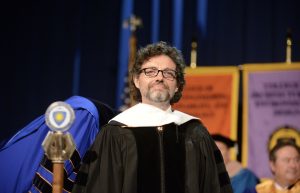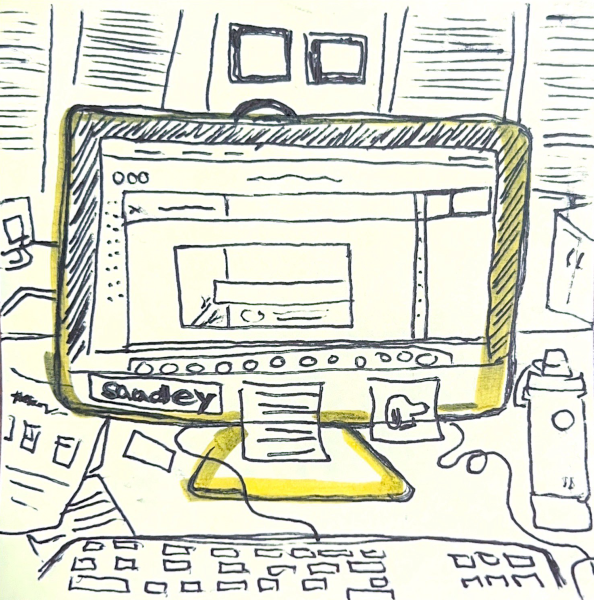The ozone hole is finally on the mend
August 28, 2016
Here’s some good news that you may have missed: The long-feared, much-decried, end-of-life-as-we-know-it hole in the Earth’s ozone layer is healing nicely, thank you. If all goes well, the hole should be history by 2050 or so.
You remember the ozone hole. Before global warming, it was the environmental catastrophe cause celebre that seized the world’s attention. The hole was created by a set of chemicals—known as chlorofluorocarbons—released into the atmosphere through air conditioning, refrigerants, fire extinguishers, even hair spray aerosols.
These noxious chemicals punched a huge hole in the Antarctic ozone layer—an average of 21 million square kilometers at its peak in September of 2000. The dire warnings: If the ozone hole grew, it would allow more damaging ultraviolet rays to hit Earth, spiking cases of skin cancer, cataracts, immune system problems. That radiation would also devastate fisheries and agriculture.
Solution: Convince manufacturers (and customers) to phase out the chemicals, nicknamed CFCs, to save the Earth. In 1987, most of the developed world agreed to the Montreal Protocol to spur the switch from CFCs to alternatives. And scientists watched. And waited to see if the ozone hole would stop growing. And then stabilize. And then … start to shrink.
By 2002, when we last checked, scientists were optimistic that this was happening.
Now, they’re giddy.
In a new paper in the journal Science, researchers report the hole definitely has started to close. The September ozone hole has shrunk to 17 million square kilometers on average and is expected to continue to contract. The hole fluctuates during the year, and from year to year, depending on atmospheric and volcanic conditions.
The planet is “on a path to heal,” MIT atmospheric scientist Susan Solomon, lead author of the study, tells us. “Isn’t that amazing that the whole world got together and solved an environmental problem? We are pretty awesome people when we put our minds to it.”
Yes, the ozone battle is a big victory (so far) for us environment-wrecking humans. If we ever doubted—and who hasn’t?—that the world could identify and solve a global problem … well, take a bow, fellow Earthlings.
The obvious follow-up: How about the broader issue of climate change? Does this augur well for the world’s fitful efforts to curb greenhouse gases?
That prognosis is—sorry—a lot cloudier. With the ozone layer, there was little dispute about its cause and cure. The world didn’t need CFCs to survive; alternatives were readily available. The market there was measured in the billions of dollars, far smaller than the fossil fuel market.
Climate change is about the buildup of greenhouse gases, mostly carbon dioxide from power plants, cars, industry, trucks. It’s a much more complex problem on a worldwide scale than convincing chemical companies to switch from ozone-destroying products to alternatives. Notwithstanding all those Tesla owners and wind-power devotees, we still need energy, and that means gas, oil and coal.
But today we take a moment to indulge in some optimism about the future of humanity. And we give Solomon, who has studied the ozone layer for three decades, the final say: “Technology and innovation can do miraculous things. We still have air conditioners, we still have refrigerators, we still have hair spray, for crying out loud. We didn’t have to give up much, and yet we got to a state in which the atmosphere is much better off, and we’re better off.”
Words of hope in a sometimes gloomy (and still too polluted) world.




















